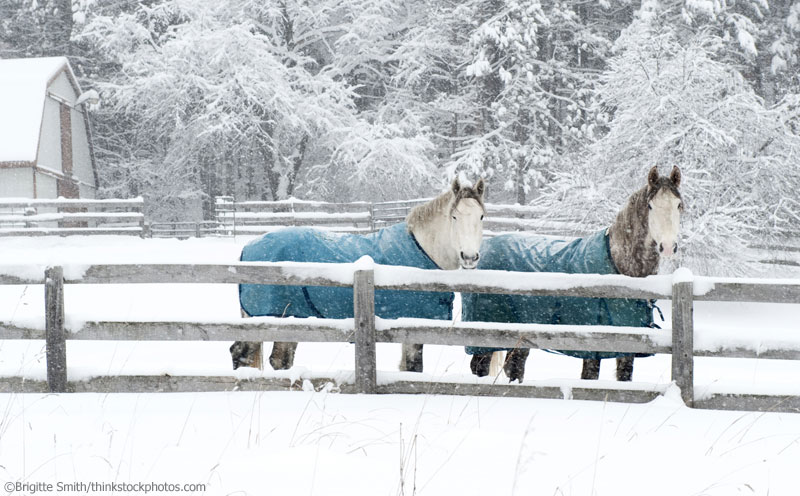
But Dr. Darien advises that human intervention—clipping, life under barn lights (light inhibits coat growth), and diets that don’t allow for continual chewing and digestion to keep core body temperature up—can mandate blanketing even for healthy horses.
Dr. Darien suggests these general “what to wear” guidelines for healthy horses whose lifestyles might require a little extra warmth.
| Above 60o | Everyone goes naked! (unless wind is a factor) |
| 50o-60o F | Not clipped: sheet only Clipped; midweight insulated blanket |
| 40o-50o F | Not clipped; sheet and lightweight liner Clipped: midweight insulated blanket |
| 30o-40o F | Not clipped: midweight insulated blanket Clipped: heavy blanket |
| 20o-30o F | Not clipped: heavy blanket Clipped: heavy blanket with fleece liner |
| Below 20o F | Heavy blankets and liners for all; bring on the polar fleece for clipped horses. |
This article was originally published in the October 2005 issue of Horse Illustrated. Click here to subscribe.
Back to Blanket Central >>

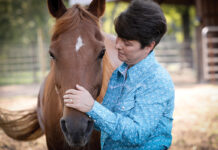
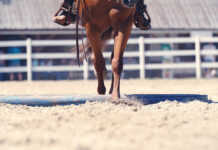
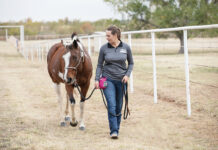
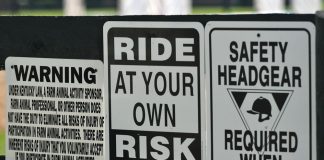

I was curious on a professional opinion of blanketing
I live in a climate where the weather is below freezing from October to April or May (Rocky Mountains!!) and i have never blanketed my horse. My horse lives in a pasture with a shelter during the winter where it is very windy and cold. My comment is that horses are smart and will get out of the cold, their bodies will aclamate to the weather by growing fur and putting a blanket on them only shelters them from the cold and prevents hair growth.
I agree with Dr. Darien that human intervention means extra measures should be taken, but if you let a horse do what his body naturally does then he will weather the weather even in the extremes.
My horse grows in a good coat, has hay available most of the day, and has a paddock attached to her stall but still get cold enough to shiver. Had her throughly checked by the vet & all he could think of is because she’s a t.bred mix she’s more suseptible to the cold and damp. So I am constantly making the twice/day trip to take off or reduce her blanketing in the morning and putting whatever layers are needed for the night on after dinner. Someday we’ll have enough land to have her at home and this will be easier.
I don’t blanket and temps in the winter can/will reach below zero. I let my horses tell me. If they shiver, they get the lightest weight blanket neccesary to keep them warm. I haven’t had to yet. They all go in a stall at night but the barn is well vetilated.
I have a 5 yr old anglo-arab mare that does not grow a coat at all! She shivers at 60* and below. Every year I try to hold off as long as I can, but she just gets to cold. I am afraid she will colic at 50* if I don’t get her warm. when the temps get into the 30* she can have three heavy blankets on and still be shivering! She is in excl. health, is a bit chubby, and always has good free choice hay, her own run in stall, and heated water. Anyone else??
I have never blanketed my Haflinger, but I do own a blanket just in case. He always grows a good winter coat which this year he started growing in September. He is stalled at night with plenty to drink and if the temps really drop well below 30 degrees like the teens and below I give him alot of extra hay to munch on during the cold nights.
I have two 16 yr. old horses, both paints and two mini horses. They all grow heavy coats for winter. They all live outside with access to the barn at all times. I give extra hay when it’s really cold. They run around the fields and play at night and I’ve never had a problem with cold horses. I also have a heated water bucket in case their other buckets freeze.
I have 2 beloved TB’s. My mare is 27yrs old and my gelding is 25. They are outside all day then up in their 2 stall barn not enclosed at night. They get very fuzzy in the winter. Plus My gelding had Cushings so is fuzzy anyway. I still use “stable blankets” on nights whend its below 40 degrees and “turn-out blankets” when outside if below 4o degrees also. I hope I’m doing it right. I’ve had my mare 25 yrs. and my gld. 19 years.
Generally I don’t use blankets but I have taken a liking to having a clean horse when I arrive to ride and have little time to spend scraping mud off my horse.
I purchased blankets in 4 weights last spring so I’m ready to go for the winter.
good info!
Great advice!
My horse has shelter, forage, isn’t clipped, and is overall healthy, but he shivers when it gets cold out, should I get him a blanket or would it be better not to?
I have a 34 yo Arab. He lives outside coming into the barn for meals and water. There is always plenty of good orchard grass hay and clean water available to him. He grows a coat like a wooly mammoth. He does not wear a blanket except in extremely severe weather (we had 2 blizzards this year). In spring he sheds like a Cushings horse but by June he is splendid and healthy.
@Megan – Shivering is how a horse’s muscles generates extra heat, so when he does this it means that his body isn’t generating quite enough. I would either feed him more or a higher quality hay, if possible, or get him a medium weight turnout blanket for when he starts shivering!
allow my horse to be a horse there are three of them not clipped shelter and plenty of food and water plus they are all FAT
Yes this article was enough information as barn helpers get confused with to much information. Thanks…!
Wow, I’ve never seen someone recommend blankets so freely! Most horses in my experience that grow their own blankets never need blanketing! And it gets below zero here.
On the other hand when I had thoroughbreds they needed blanketing when a cloud crossed in front of the sun.
My very healthy, well cared for paint gelding has never grow a heavy enough coat for Michigan winters. He’s not being shown now, and we start off naked to see if this will be the year, but I always end up with a thin coated shivering guy. I’m not going to make him suffer, so on goes the blanket. He has free choice grass hay, free access to a stall with a heated automatic waterer where he can escape most of the wind, doesn’t get wet unless he wants to, and still no heavy winter coat. So, I blanket him.
My horse does not grow a winter coat whatsoever. So if it’s around 50 degrees with wind, I put her sleezy hood on. If it dips below 50, she gets her mid-lightweight blanket on also. Under 40, it’s heavy coat with sleezy. 32 or below, sleezy, heavy blanket and stalled up. But here in OK the weather is SO unpredictable that I literally watch it hour by hour and sometimes have to run back to the barn and remove/add a blanket/her sleezy. She is very lean also so she doesn’t have hardly any extra fat on her to help keep her warm. She’s a TB/QH mix.
I thought sleazy used in winter months for warmth was counter productive because they crush the hair down and the coat loses its insulation capabilities, and should not be used under blankets. I just read this in another article…
My mare is around 20 and she had a fluffy winter coat but she’s older so I wonder if that is a factor. I’ve never noticed her shivering or huddled but she’s also in a pasture during the day that has no shelter. I have one blanket for her and its not very padded or thick. I know she wore it some last winter before I took ownership but I don’t know what weather she wore it in. Wisconsin winters can be pretty fickle and I’m new to horse ownership.